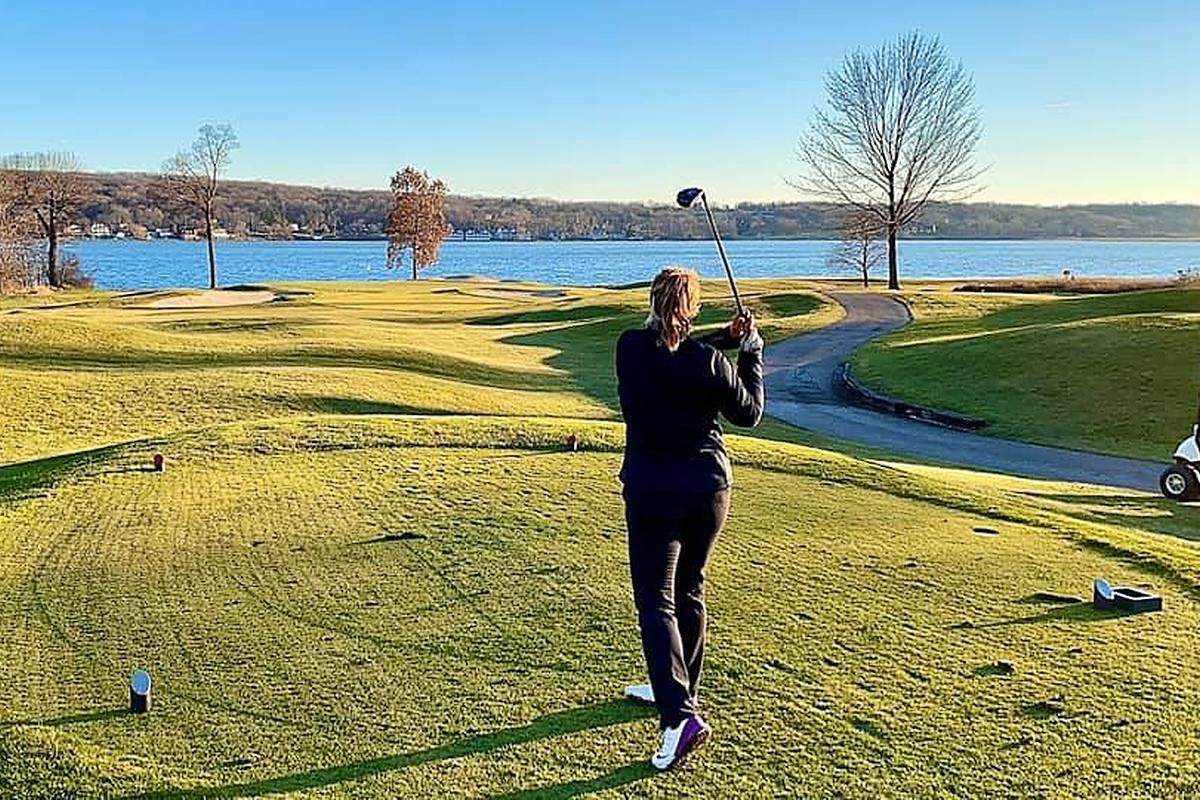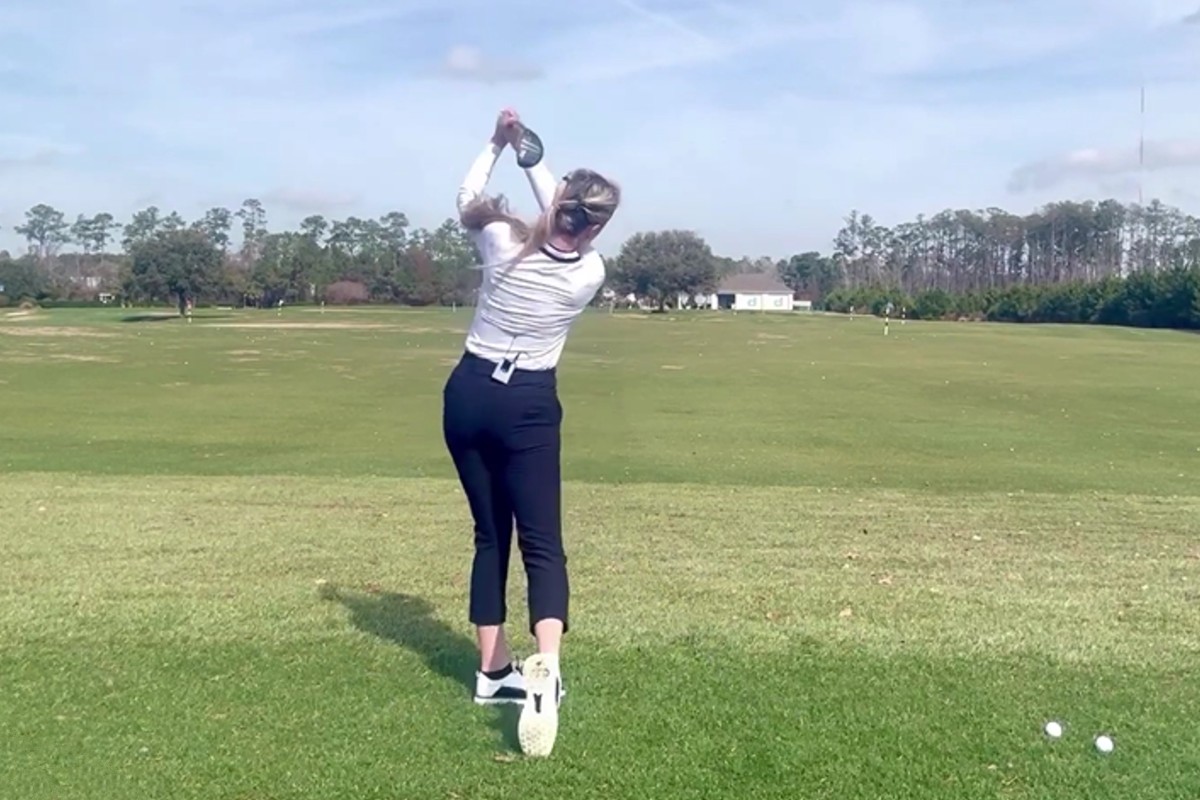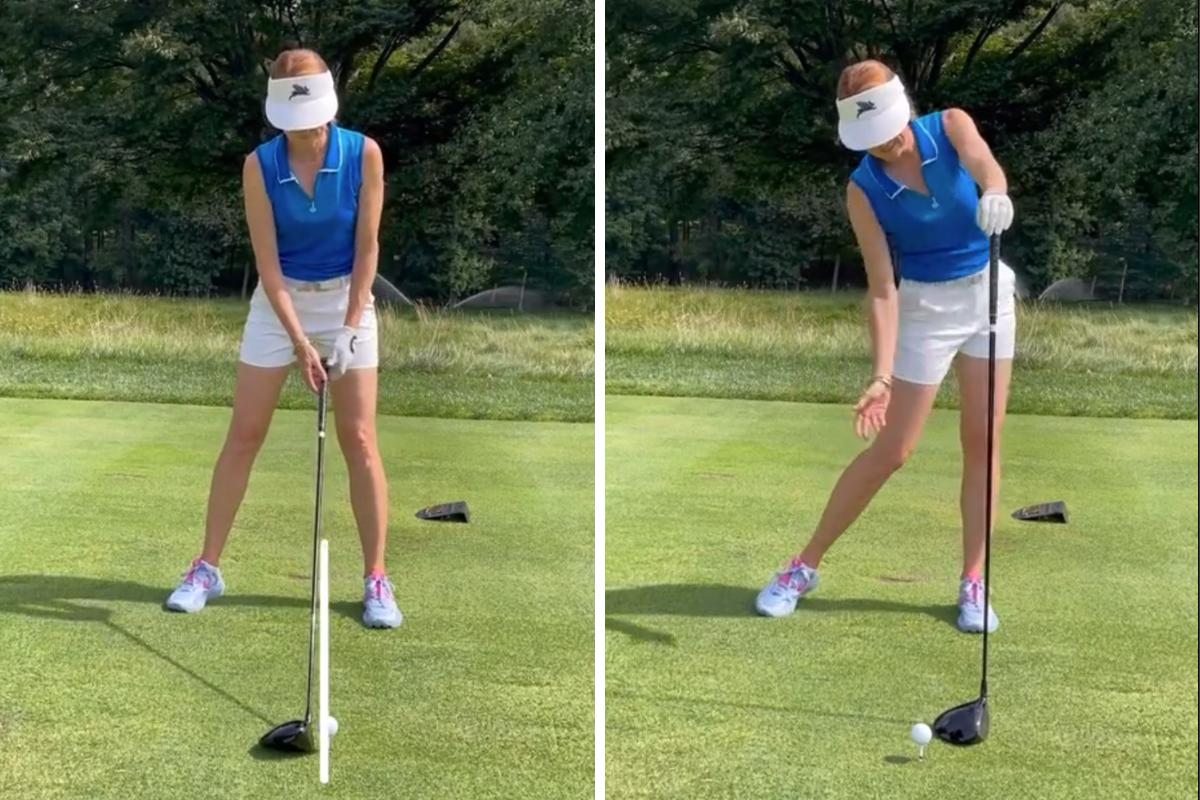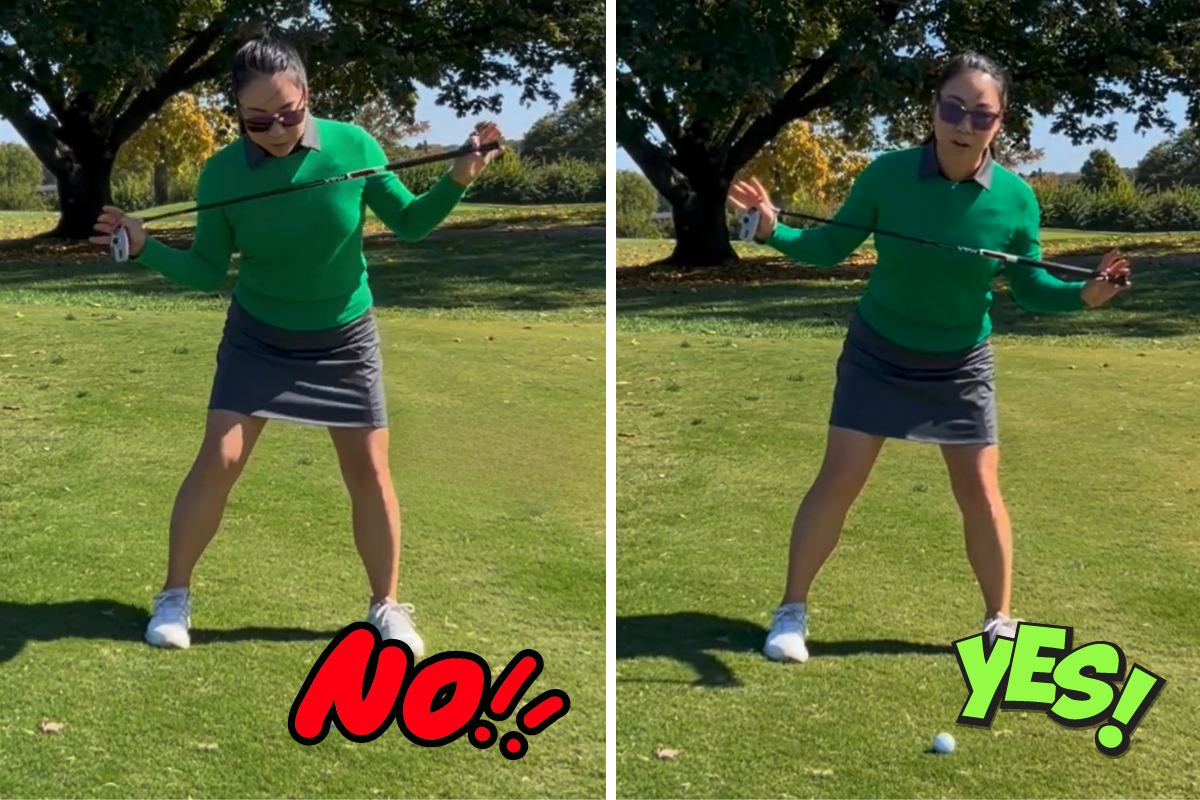Visit any driving range or practice facility and you will see golfers engaged in a ritual as old as the game itself – hitting balls – in the hopes of finding the “secret” that will magically transform all of their swing flaws into the ever elusive fundamentally sound swing. Golfers hit a ball and observe its ball flight. If it’s not what they wanted, they tinker with their swing a little, hit another ball, and hope that the results will be better. I refer to this as the “hit-and-hope” method. At best, this method is inefficient and, at worst, is an exercise in futility as very few golfers ever develop beyond a mediocre level. Those that do, spend too much time, effort, and money trying to learn. In the process they hit quite a few bad shots, which infects their subconscious with uncertainty. The uncertainty rears its ugly head at the most inopportune times and results in poor swings and higher score.
As testament, USGA statistics show that over the last 60 years golfers, as a whole, have not improved their average score. Golfers today play no better than their counterparts from the 1950’s. That’s pretty unbelievable, given the fact that technology now provides us with equipment that hits the ball farther and straighter than ever before, we play on better manicured courses and we have error detection equipment that can precisely show all of our swing flaws. Now, individual golfers do learn to play this game very well, but very few ever improve their ability to score after their third year in the game. Is that you? Would you like to learn how to play better than you do now, more consistently, or achieve that magical, mysterious state desired by all golfers known as “The Zone”?

If you are going to spend time, money, and effort in an attempt to develop sound fundamentals you might as well give yourself the greatest opportunity for achieving your intentions. I have observed thousands of golfers and have found very few who give themselves a fighting chance. They fail to develop sound fundamentals for a variety of reasons, the least of which is physical incompetence, at least when it comes to golf. During my years as an instructor, I have identified a number of poor practice behaviors that make it difficult, if not impossible, for golfers to succeed. These include lack of understanding of the physical components of a sound swing, lack of pre-practice preparation, lack of or inconsistent use of a pre-swing routine, lack of a target orientation, distractibility, hitting swings that differ from their practice swings, poor transferability to on-course conditions, and poor performance when the demand to excel is high. Honestly? I want to focus on developing sound swing fundamentals.
Unless you know how the body is supposed to perform – what muscles to use and how to use them – your body will not move in a way that is conducive to a good swing just by hitting ball after ball. After finishing a lesson, a golfer hitting balls on his own came up to me and asked, “Why should I take lessons?” I answered, “Do you hit the ball the way you want?” “No, I’ve been hitting a slice for twenty five years and can’t seem to get rid of it.” “Do you know what causes a slice?” “Yes, the clubface is open at impact”, was his reply. “That’s correct”, I told him. “Do you know what your body does wrong that causes your slice?” “No…I thought if I hit enough balls, I’d eventually learn how to hit it straight.” “How many more balls do you have to hit before that happens? If you don’t know what you’re doing that causes a slice and don’t know how to change what your body is doing, how can you ever expect to hit it straight?” He started taking lessons after that and in very quick order got rid of his slice.

Because the golf swing is a challenge, your body will naturally move in ways that are similar to how you use your body for everyday activities, which require the use of different muscles and movements than are necessary for a sound swing. Think about the things you do daily; eat, drink, drive a car, use a computer, etc. All of these activities are controlled with the hands. The only things the hands do in golf are hold on to the golf club. If you don’t know this, know what muscles to use, how to use them, or how to get your body to do something different than it normally does, how can you expect to do this challenging motion?
This only leads to incredible challenges. Even if you know which body parts are supposed to work but don’t know how to activate your golf muscles instinctively you are no better off. Because the golf swing is so complex and over so quickly, there is not enough time during the swing to think about all the things you need to do right to perform well. Unfortunately most golfers fill their heads with all the things they’re supposed to do and try to think their way to a good swing, a really difficult task.

Before you attempt to learn this game or try to correct swing flaws that you’ve had for awhile, spend time developing an understanding of what’s necessary for success. This can be accomplished through instructional books and magazines, videos, instructional programs on the Golf Channel, or through the help of a trained professional. The latter is my best advice. You can use the other resources as complements, especially stop-action pull-outs of professional swings so you can actually see what you should like in different parts of the swing. As a cautionary point, there is no one perfect swing. Golfers with different physiques have slightly different fundamentals. Be sure the information you get is consistent with your body type…something that has really helped many golfers.
However, just knowing what you’re supposed to look like, what muscles to use, and how to use them won’t automatically help you create a fundamentally sound swing. Here are a couple of suggestions. First, approach learning a good golf swing the same way that a building contractor builds a home. You start with the foundation and build upwards one step at a time. The golf swing is not a single motion, but a complex series of simple motions. Learn one at a time. After one is mastered, go on to the next. Sport instructors know that simple tasks are learned much quicker than complex ones and are executed more consistently over time. If you are a beginner or have problems with your backswing, why work on the whole swing? Get this taken care of first and then proceed to the down swing, follow through, and finish in that order, one at a time. Because each movement is simple you will learn them quickly and won’t have to relearn them again and again later on.
Next, have your professional provide you with drills that don’t require hitting balls. This way you can practice at home. Who has time to go to the range everyday and practice for several hours at a time? Away from the range, you can practice for several minutes at a time, stop, and take care of other responsibilities and then come back to the drills when you have another few minutes. Now, some golfers may ask, “How will I know if I’m doing it right if I’m not hitting balls?” Have your professional provide you with illustrations of what you should look like at the start of the drill and at the end of the drill. You can use a mirror so you can compare what you’re doing to the illustrations provided by your professional. In my experience you will learn much quicker this way and play even better than you may have thought possible.
Feature Image: Diane Bednarczuk at the Geneva National-Palmer course, Lake Geneva WI, USA. Photos from the Women’s Golf Social Group.





